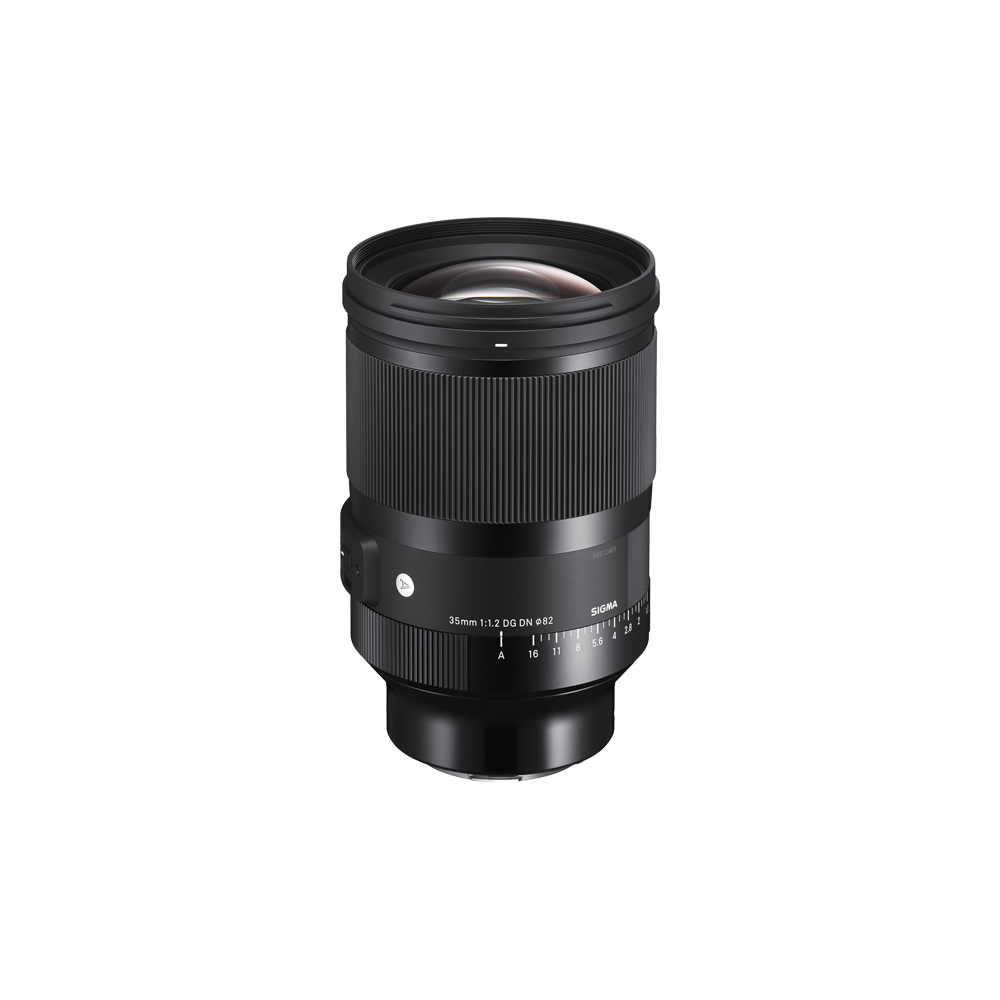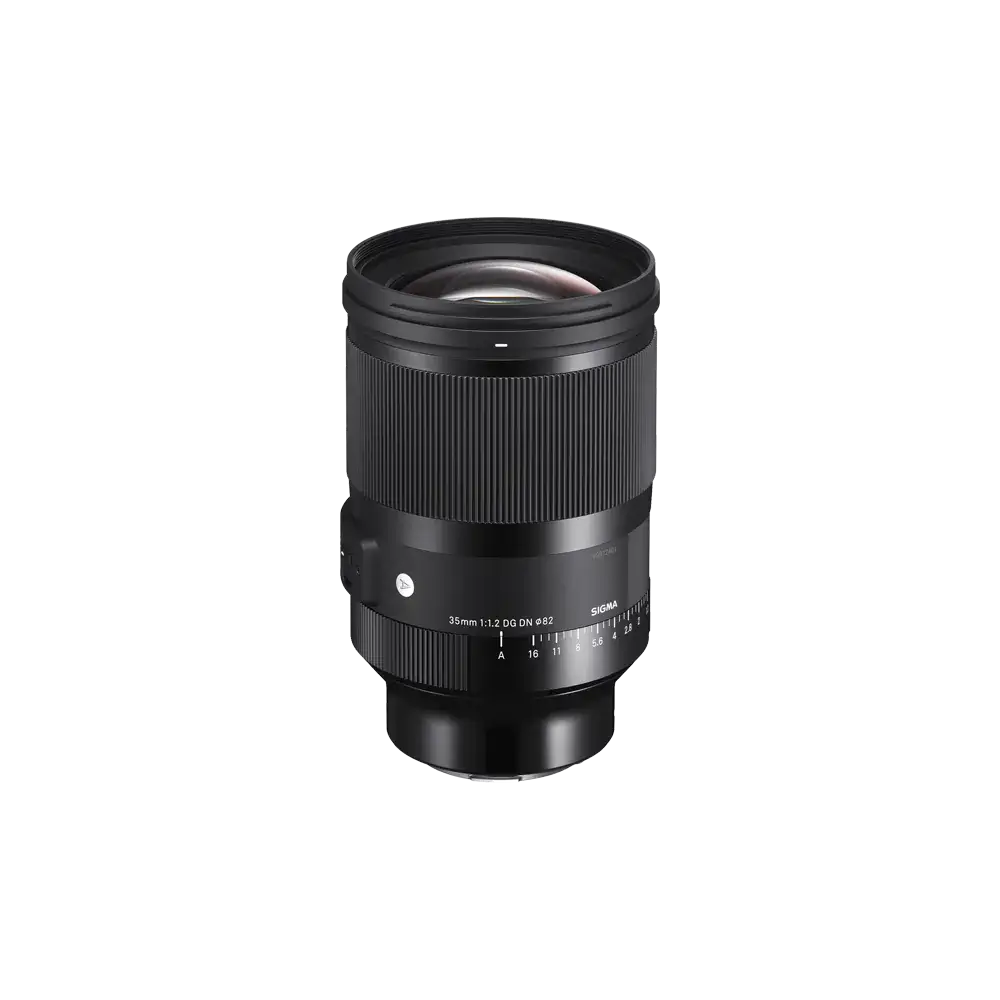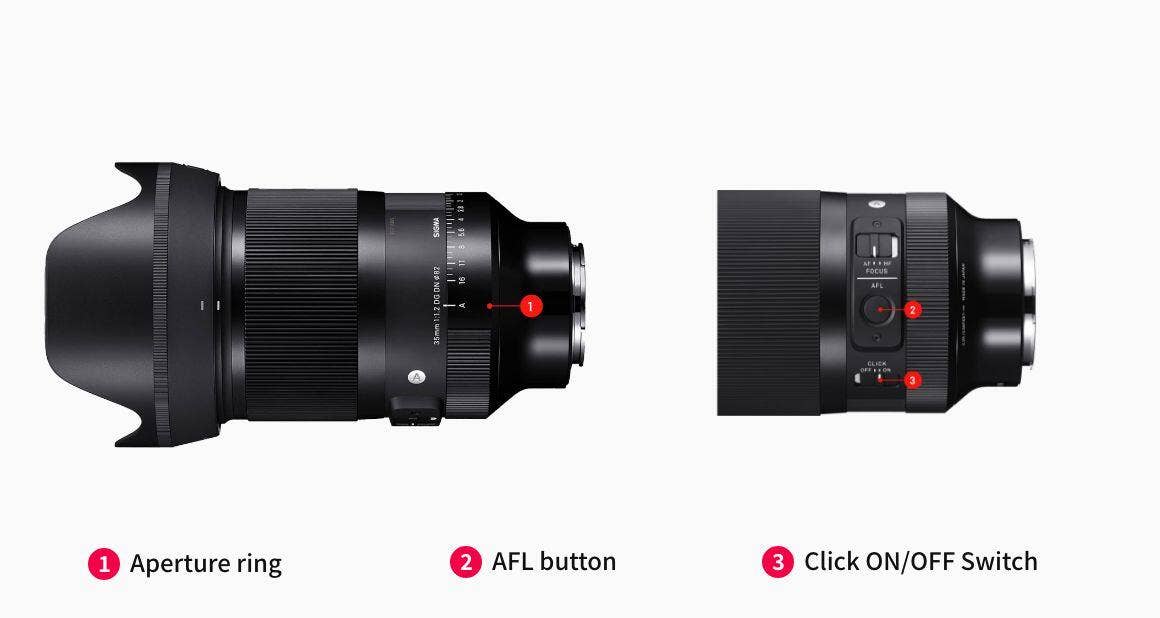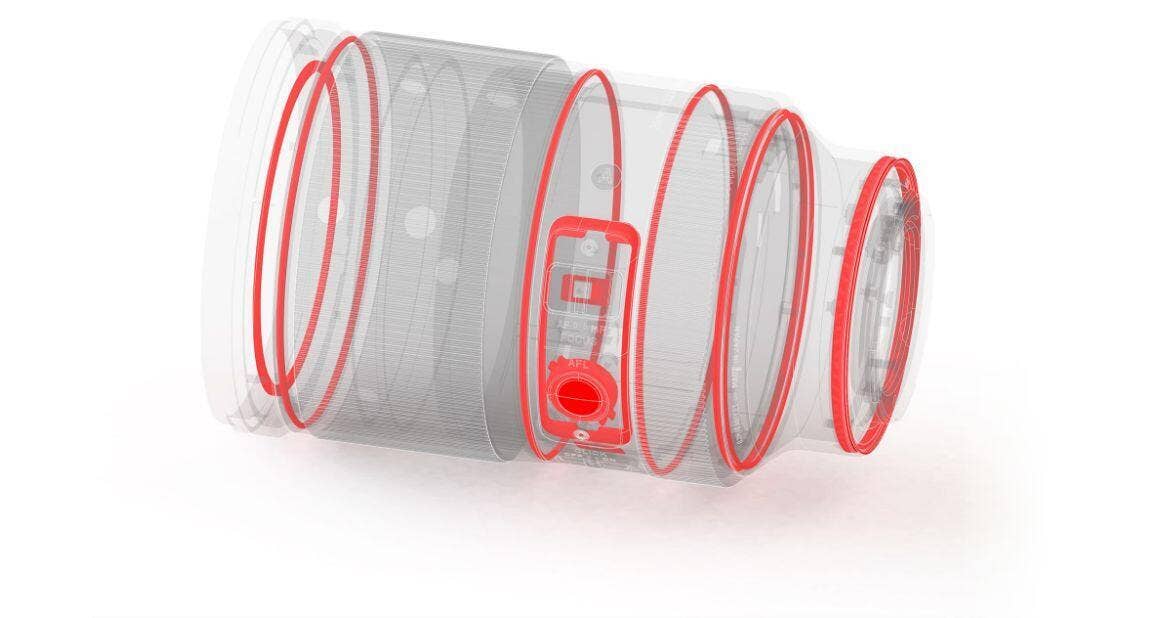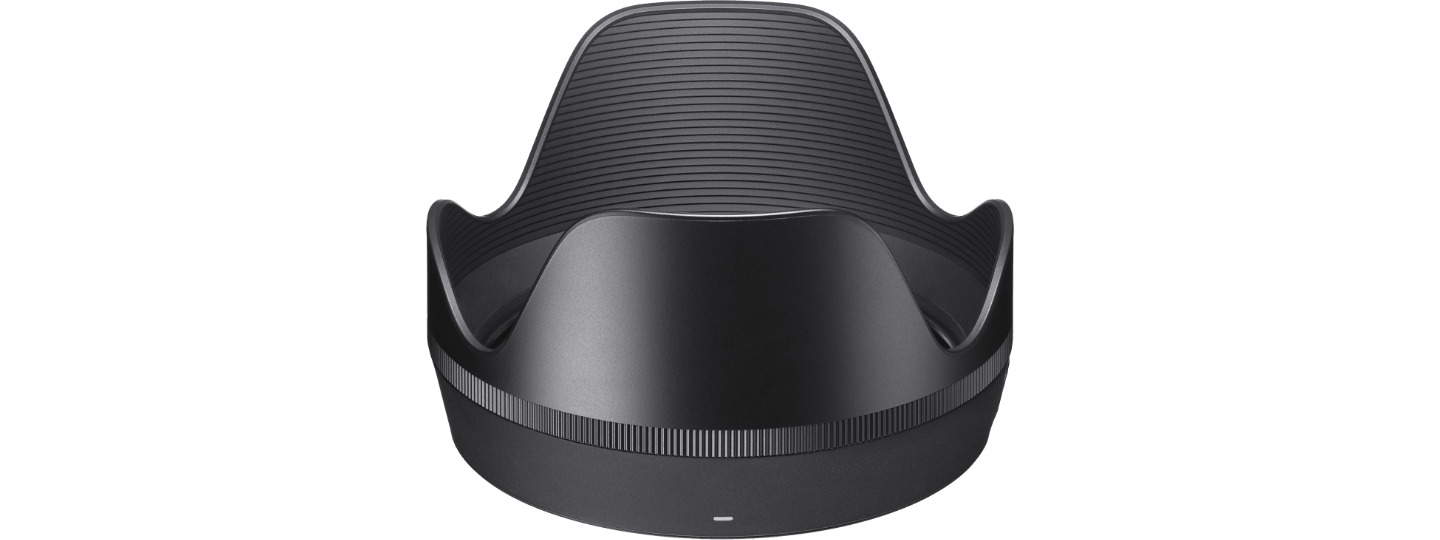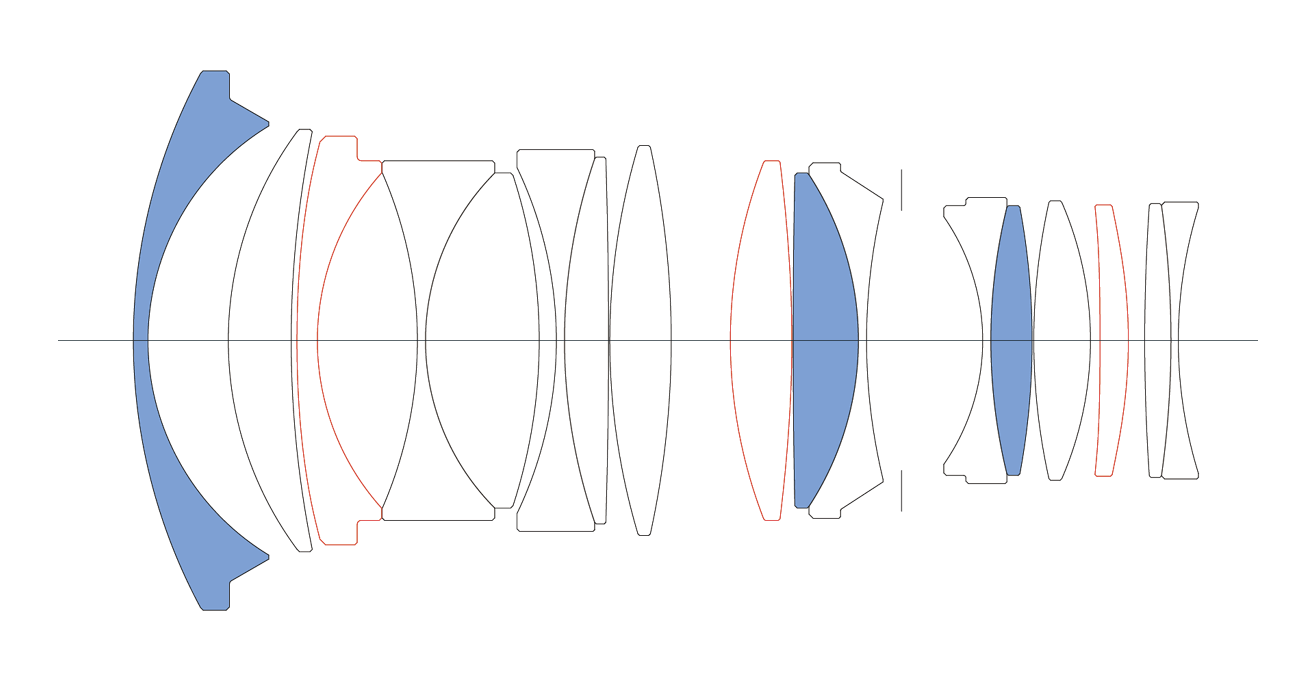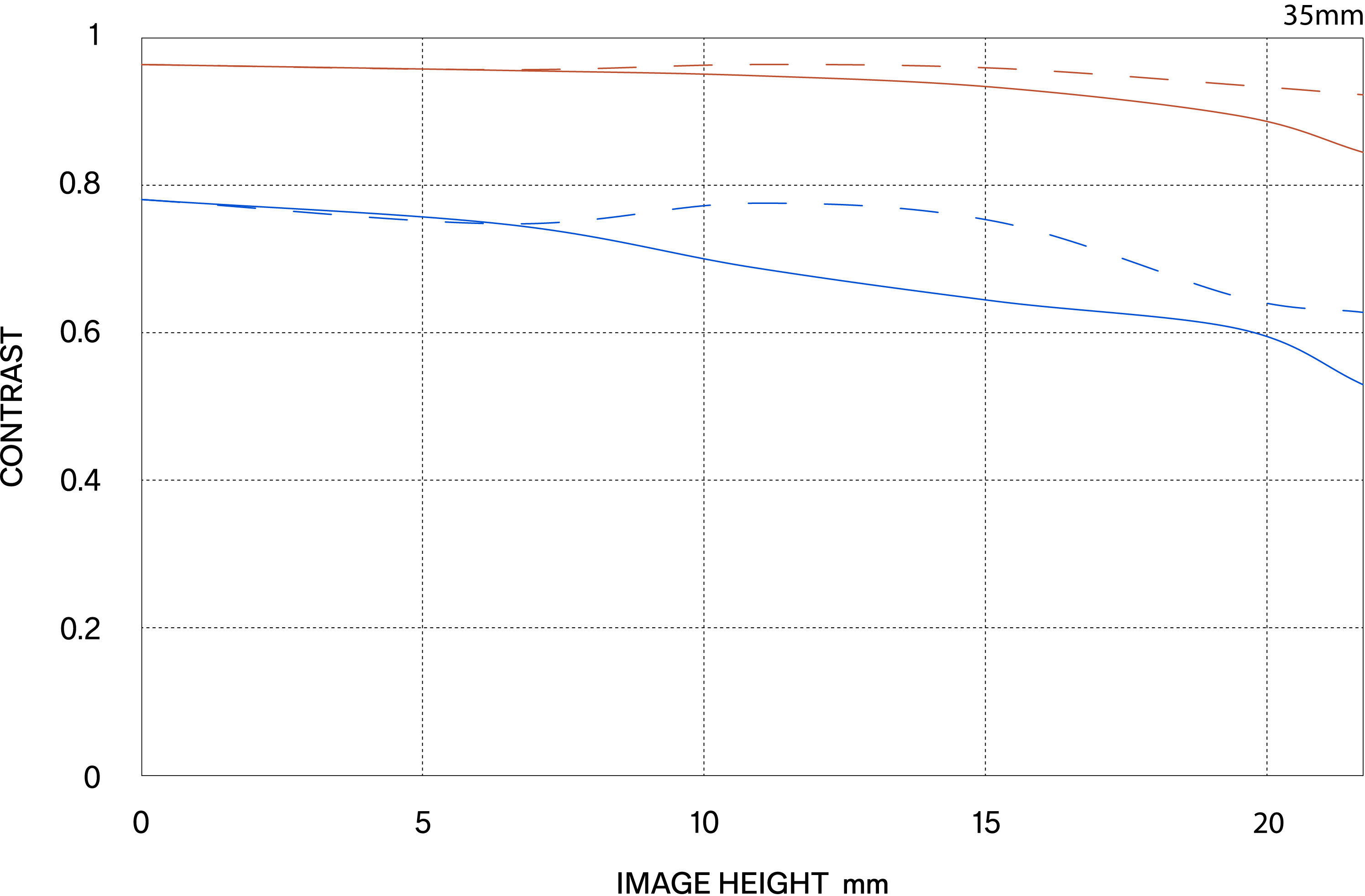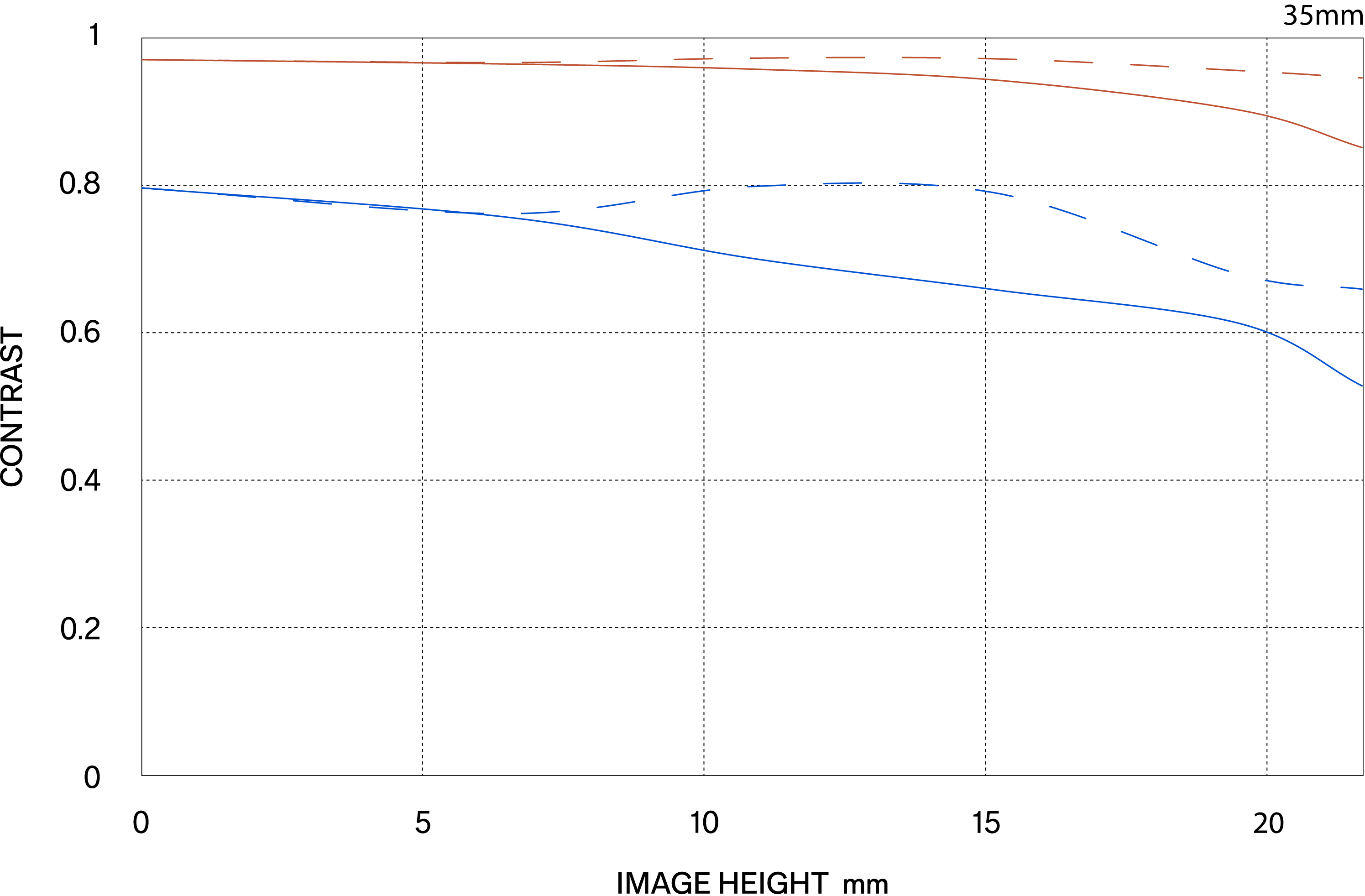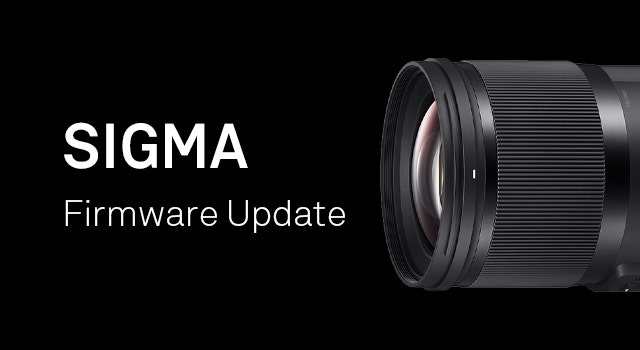35mm F1.2
DG DN
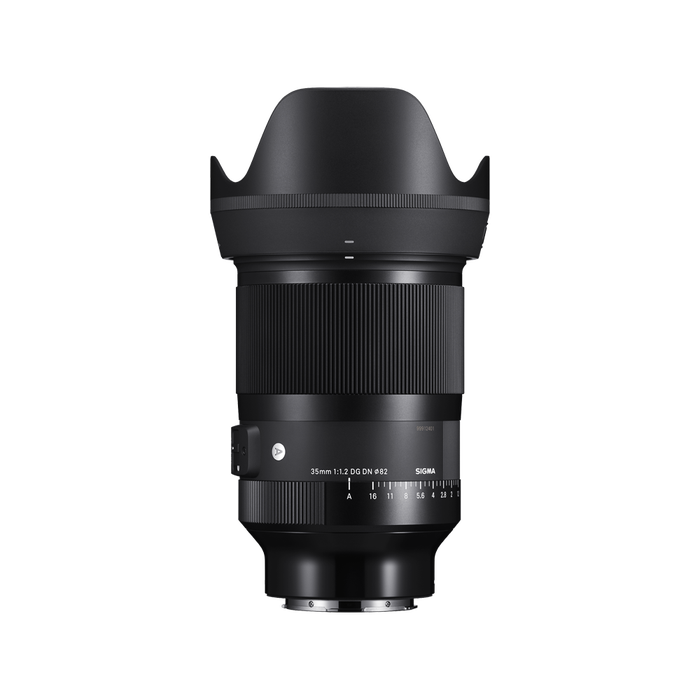
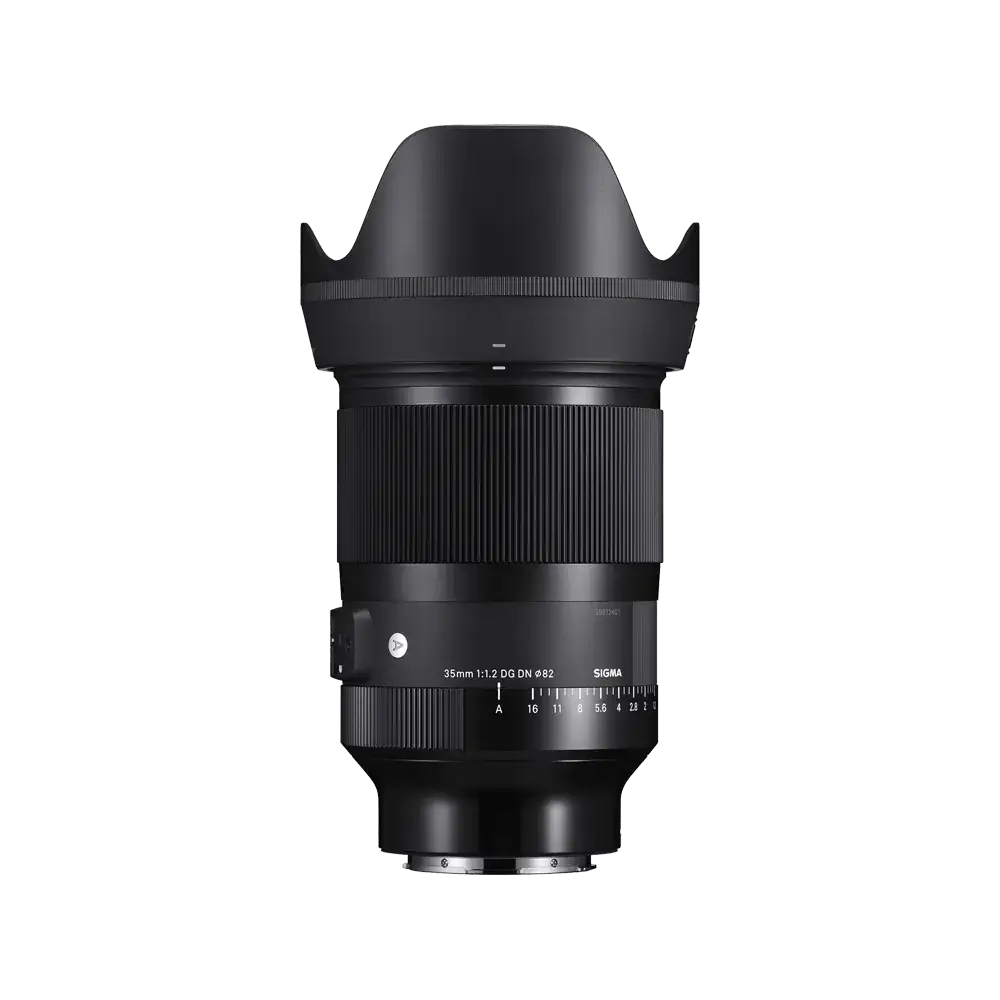

- SIGMA’s First F1.2 maximum aperture, large-diameter prime lens
- High operability that supports various shooting situations in both still and video
- Dust- and splash-proof structure
- Aperture ring with de-click function
- Rounded 11-blades diaphragm
- Fast AF with full-time manual focus
- Compatible with lens aberration correction
- Made in Japan
AWARDS
|
|
|
| Angle of view | Standard |
|---|---|
| Camera Type | Mirrorless |
| Lens Mount | L-Mount, Sony E-mount |
| Sensor Size | Full Frame |
| Construction | 17 Elements in 12 Groups |
| Angle of view | 63.4º |
| Number of diaphragm blades | 11 (rounded diaphragm) |
| Minimum aperture | F16 |
| Minimum focusing distance | 30 cm |
| Maximum magnification ratio | 1:5.1 |
| Filter diameter | 82mm |
| Dimensions (diameter x length) | L-Mount ⌀ 87.88 mm x 136.2 mm |
| Weight (g) | L-Mount 1090 g |
| Edition number | A019 |
| Supplied Accessories | Lens Hood with Lock LH878-02, Front cap LCF-82mm III, Rear Cap LCR II, Case LS-240SEL |
| Accessories | WR Ceramic Protector Filter 82mm, WR Protector Filter 82mm, WR C-PL Filter 82mm, USB-dock UD-11 (L-mount only) |
| EAN-code | L-mount 085126341695 |
| Specifications Info | * L-Mount is a registered trademark of Leica Camera AG. |
TAKE YOUR MIRRORLESS TO THE NEXT LEVEL
― BENEFIT FROM THE FINEST PERFORMANCE
THAT THE SIGMA'S FIRST F1.2 LARGE APERATURE PRIME DELIVERS.
Bringing the “pursuit of ultimate image quality” to the next level with an F1.2 Art line lens for mirrorless cameras.
First wide-angle AF lens with F1.2 maximum aperture for the full-frame Sony E-mount and L-Mount system. This lens enables a creation of artwork with astounding resolution and large bokeh effects, such as portraits that make use of a shallow depth of field. It brings the development concept of the Art line “pursuit of ultimate image quality” to the next level. While utilizing optical correction function inside the camera, aberrations that are difficult to post-process are thoroughly corrected thanks to the optical design and it thereby enhances resolution.

